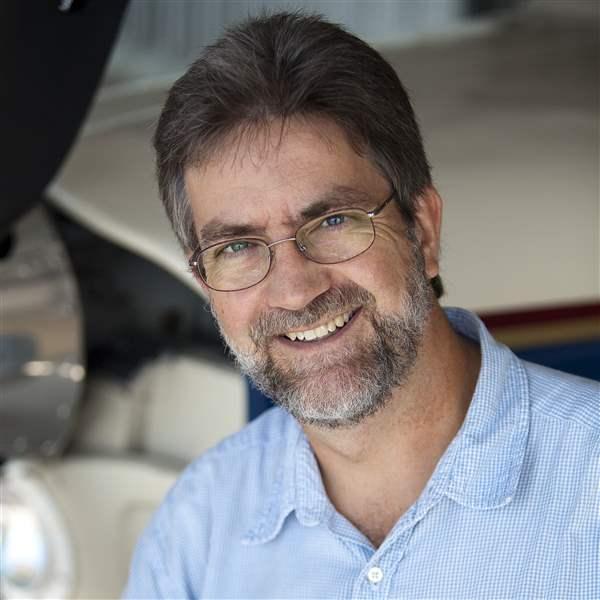Stemme debuts S12 motor glider
Wing dihedral improves stability
Stemme, a German manufacturer located near Berlin, unveiled the S12 prototype at the 2015 Aero Friedrichshafen aviation exhibition. The European Aviation Safety Agency (EASA) granted type certification for the model in March 2016. The high-performance glider has a wingspan of 25 meters—or 82 feet—and a glide ratio of 1:53. Its unique folding propeller retracts into the nose when the aircraft is gliding. Stemme said it already has more than 20 orders in hand.
“It’s been a real joy to fly this thing,” said Wes Chumley, of U.S. dealer Stemme USA. He flew the S12 from Columbia, South Carolina, to Miami, then to San Francisco, and then to Oshkosh, Wisconsin. “I spent a lot of that time soaring,” he added.
New wing geometry includes more dihedral near the wing tips. “It seems to make the airplane fly a lot more nicely, especially in glider mode,” Chumley said, adding that it’s more stable, especially at high angles of bank, and the nose doesn’t hunt like the S10’s sometimes does.
Other changes from the S10 include an aft baggage compartment with a 44-pound capacity, two additional storage compartments in the cockpit, a wider and slightly deeper instrument panel with a panel-mounted GPS receiver, electric trim, and a landing-gear stance that’s six inches wider to accommodate the longer wing. Also, Stemme will offer a Dynon autopilot option. “This will be the first non-TSO'd autopilot certified in a certified aircraft,” Chumley said. “I know that a lot of manufacturers are watching this certification process. Making an autopilot work on a 25-meter wing is not a trivial thing.”
The S12 also has provisions for water ballast in its tail, which allows the aircraft’s center of gravity to be moved aft—especially helpful when two large people are in the cockpit. “S10 owners have asked for water ballast for a long time,” he said.
Stemme’s goal with the airplane is to create a touring motor glider that is a good combination between airplane and glider. “This is really just an evolution of the S10 design. The main difference is that as a high-performance glider, this flies nicer.”
Chumley said the S12 really has two flying modes—traveling, when you’re under continuous power, and soaring. The airplane cruises at 140 knots true airspeed at 10,000 feet, he said; Chumley frequently flies at 12,500 feet when going cross-country. It has a range of 945 nautical miles.
The FAA has completed certification flight testing for the S12, and the company expects certification sometime next year. Fully equipped, the new model is priced at $369,000, which includes delivery to the United States. By comparison, the S10 costs about $8,000 less, depending on options selected. Chumley said Stemme USA’s first S12 is expected in September, and that it can be flown as an experimental pending completion of its FAA certification.




